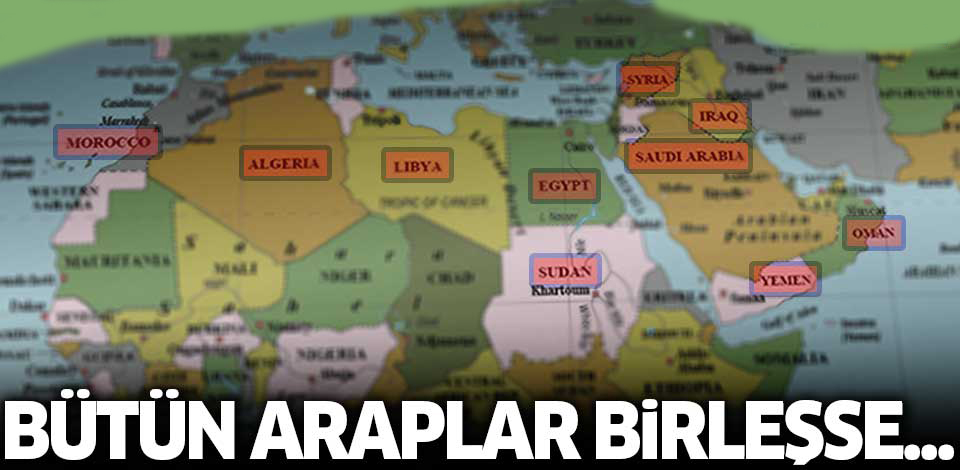ANALİZ HABER
Anatomy of terror: Daesh expansion in Africa
In recent years, Africa has become one of the regions where Daesh is most active. Daesh factions are particularly active in West Africa, East Africa and the Sahel. A look at the 2025 Global Terrorism Index data reveals that the Sahel region stands out in terrorism-related deaths. In this context, 51% of global terrorism-related deaths occurred in the Sahel region alone in 2024. The index also shows a 3% increase in 2024 compared to 2023 data.
Furthermore, according to the index, six of the top 10 countries most affected by terrorism are in Africa, underlining the continent's central position in global terrorism. The top six African countries on this list are Burkina Faso, Niger, Mali, Nigeria, Somalia and Cameroon. However, it also appears that the Democratic Republic of the Congo will be one of the two countries most affected by Daesh's actions in 2024. In this environment, Daesh's regional affiliates pose a threat to global security, particularly to fragile local governments across Africa.
After its activities in the Middle East had diminished, Daesh has turned its focus to Africa. Notably, over the past two decades, its primary area of operations has gradually shifted from the Middle East and North Africa to sub-Saharan Africa, particularly the Sahel region. Since 2017, sub-Saharan Africa has experienced the highest number of terrorism-related fatalities globally. This shift should not be interpreted as a withdrawal from the Middle East or North Africa, but rather as a strategy to expand Daesh's sphere of influence and expansion. In this context, Africa, particularly where state structures are weak, weapons are abundant, borders are porous, and conflict is intense, has become both an alternative base and a new hub for Daesh.
Daesh's presence takes different forms across various sub-regions of the continent. Areas in the Sahel that France was compelled to withdraw from, and factions in West Africa that broke away from Boko Haram, have emerged as key fronts. However, the growing presence of Daesh in Africa should not be viewed as limited to the Sahel or West Africa. Therefore, the presence of Daesh's Somali branch in cities experiencing intense violence in Central Africa, Mozambique in East Africa and the Puntland region of Somalia is prominent. Each of these terrorist groups exists as a different branch of the same core organization.
Daesh fronts in West Africa, Sahel
The global terrorist organization Daesh is known to have at least 13 wilayat (provinces). Some of these provinces have diminished in operational capacity, while seven provinces are located in Africa. In this context, while the terrorist group, which includes each province, operates in a decentralized manner, that is, independently, it is known that its international reach and operational capacity continue. There are also claims that Daesh is establishing a new wilayat structure in a major crisis zone in Africa. It is also recruiting youth from conflict-affected communities for this purpose.
Among the most prominent Daesh branches in Africa is Daesh's West Africa Province (ISWAP), which splintered from Boko Haram in Nigeria, and has become a major regional threat affecting the region. Considering the porous borders of the region, known as the Lake Chad Basin and located on the borders of Nigeria, Cameroon, Niger and Chad, it is known that weapons, fighters and recruits are concentrated there. The legacy of colonialism, climate-related factors, poverty, unemployment, ethnic and tribal differences, and military interventions have emerged as factors that increase radicalization in the region, creating opportunities for terrorist organizations.
Daesh's ISGS and IS-Sahel are other factions operating in the Sahel. These groups compete with the al-Qaida-affiliated JNIM in the region and have entrenched a cycle of violence. Unlike al-Qaida affiliates, IS-Sahel and its Lakurawa wing have been accused of indiscriminate massacres, including against Muslim civilians. This tactic contributed to past splits within extremist groups, such as the 2016 division of Boko Haram into JAS and ISWAP, due to disputes over civilian targeting. Lakurawa’s origins trace back to Malian herders who fought with the Seleka coalition in the Central African Republic around 2012–2013. After clashes with the Malian army, they fled to Niger and later settled more permanently in northwestern Nigeria.
Meanwhile, Togo's ongoing involvement in the meeting of the Alliance of Sahel States (AES), a regional bloc that recently split from the Economic Community of West African States (ECOWAS), demonstrates its search for an alternative security partnership. Despite being an ECOWAS member, Togo's growing ties with the AES can be interpreted as a desire to engage more directly against organizations like Daesh and JNIM. In this context, the increasing attacks by the JNIM terrorist organization in Togo strengthen the likelihood of security cooperation with AES countries in the near future. Furthermore, occasional diplomatic tensions have also been observed between these two regional organizations. Disagreements between ECOWAS member states, particularly Benin and the Ivory Coast, and the AES could lead to terrorist organizations in the region increasing their effectiveness and expanding their field of operations.
A growing IS-Sahel faction, Lakurawa, led by Namata Korsinga, is active near the Nigeria-Niger border, particularly in Sokoto and Kebbi. With around 200 fighters, the group reemerged in September 2024 and was designated a terrorist entity by Nigeria in January 2025. It is well-armed and reportedly linked to ISGS.
Daesh's Central African Province is being established in the eastern regions of the Democratic Republic of the Congo. Daesh's attacks in these regions generally target civilians and military installations. Furthermore, convenient transit points are constantly being established in the Beni region of North Kivu, near the Ugandan border, for transit to further expansion. Meanwhile, the Cabo Delgado region of Mozambique, under pressure from natural resources and critical minerals in South Africa, has been targeted by Daesh-affiliated groups since 2017. Daesh-Mozambique, which constantly exerts pressure on the region where energy projects are located, is targeting companies and public institutions.
A tool to destabilize East Africa
Daesh-Somalia, based in the Cal Miskaat Mountains of Puntland, Somalia, does not control all of Somalia but remains a threat due to its potential impact on regional security and global maritime trade. In recent months, there have been attempts to portray the current president of Puntland, Said Deni's campaign against Daesh as a legitimate counterterrorism effort. However, reports suggest that Deni may be leveraging this narrative to bolster his weakening political authority and secure financial gain.
On July 25, Abdiweli Muhammed Yusuf, known as Abdiweli Walalac, a key financial operative within Daesh-Somalia, was captured in a U.S. ground operation in Puntland. Earlier, Bilal al-Sudani, the former financier of Daesh-Somalia, was killed in a previous operation. These events indicate that Daesh-Somalia’s financial network is being systematically dismantled. There are also allegations that Yusuf was transferred to Djibouti after the operation.
Furthermore, Daesh-Somalia is also known to pose regional security risks. In this context, the recent dismantling of a Daesh cell in Addis Ababa, Ethiopia, demonstrates that the organization is seeking territory in major cities. This should be perceived as a new signal for all countries in Eastern Africa. Sudan was previously referred to as a "transit corridor" for terrorist movements, is now increasingly being targeted direct operational zone. The Rapid Support Forces (RSF) insurgency has created irregularities, risks and a security vacuum that extremist groups like Daesh are exploiting.
There are allegations that certain groups arriving in Sudan from West Africa have established operational and ethnic-based alliances with local militias. Therefore, the RSF's various activities, particularly the looting carried out in Sudan, raise the possibility that they could have a destabilizing effect beyond Sudan and throughout the Sahel, North, Central and East Africa. Furthermore, the medicines and chemicals looted by the RSF as part of attacks on health care infrastructure fall into the hands of terrorist organizations, posing a potential risk of these organizations obtaining chemical weapons. Therefore, the risk of using such substances in conjunction with explosives necessitates reassessment in regional and global risk analyses.
A separate threat concerns the RSF's potential release of individuals detained in Sudan, including leaders of high-ranking terrorist organizations. Indeed, this situation carries the potential to lead to their rejoining of radical terrorist groups in the region in the near future. Notably, in January 2025, Daesh released a statement in its media outlet calling on followers to "Go to Sudan, save your oppressed brothers," clearly outlining the organization's new intentions regarding Sudan. Following this statement, it would not be surprising to see Daesh attempt to establish a new province in Sudan in the future. In fact, it's even possible that Daesh is currently recruiting for the province it's believed to be establishing in Sudan.
Consequently, Daesh is striving to maintain a dispersed but effective presence in Africa. Each region, with its own internal dynamics, offers the terrorist organization different avenues. However, Sudan can be considered the most notable of Daesh factions on the continent. It seems quite possible that the RSF could usher in a new phase of terrorism at the intersection of East, West, North, Central and Southern Africa. In short, ignoring the realities on the ground would put Sudan, all of Africa, and, beyond that, the global system at risk. If the international community turns a blind eye to this process, it should be prepared for a security crisis spilling over from Africa.
About the author
by Tunç Demirtaş
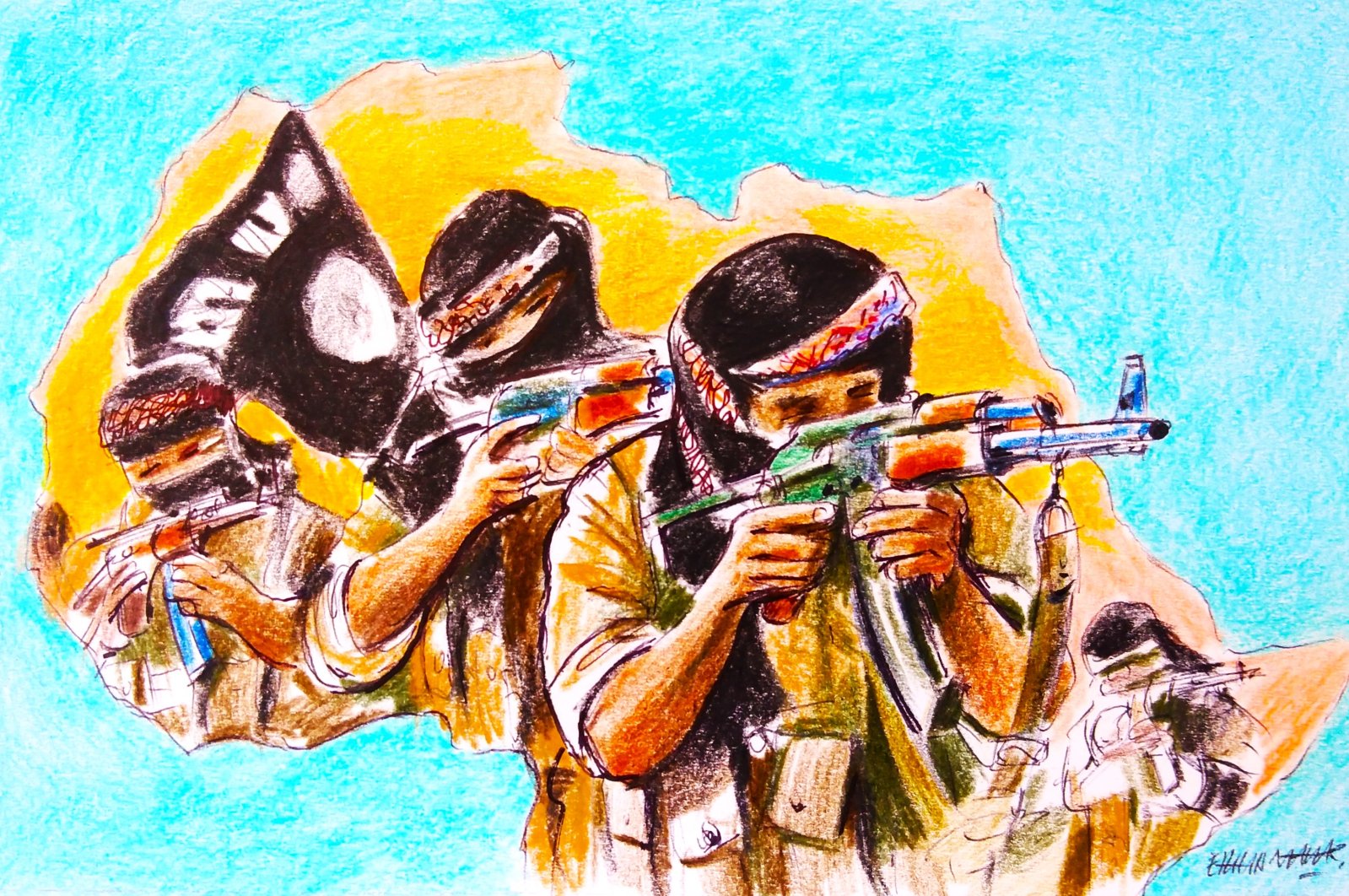
Anatomy of terror: Daesh expansion in Africa

7 soruda Hindistan-Kanada krizi: "Modi, çetelerle çalışıyor"

'Antisemitizm' İsrail soykırımına nasıl kalkan oldu?

Foreign Affairs'tan Türkiye'li analiz
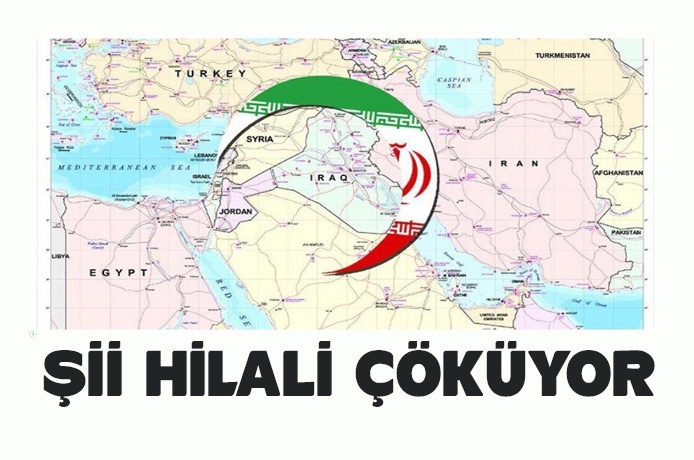
İran'ın kurduğu Şii hilali çöküyor

Cihat Yaycı Türkiye'yi hedef alan 4 mesajı paylaştı
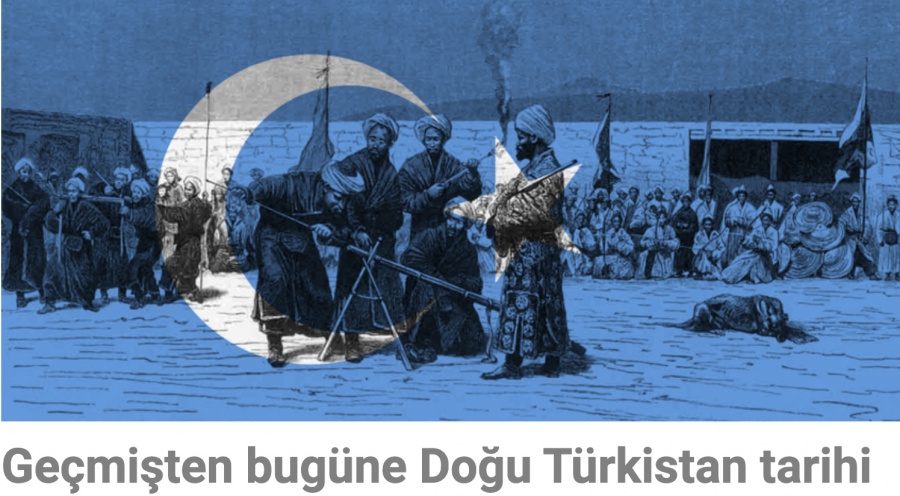
Geçmişten bugüne Doğu Türkistan tarihi
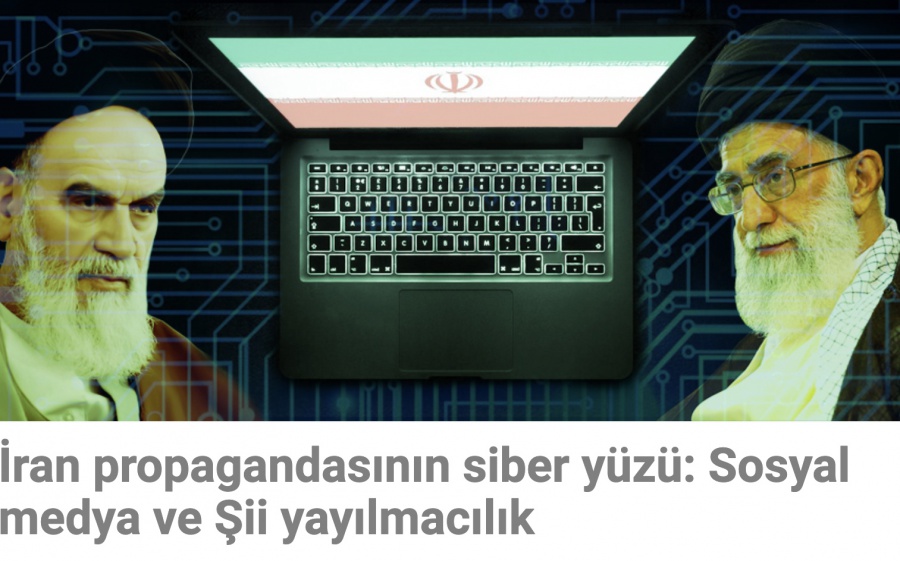
İran propagandasının siber yüzü: Sosyal medya ve Şii yayılmacılık

Stora raporu: Fransa Cezayir geçmişini yine reddediyor

Koronavirüs salgınından sonra ortaya nasıl bir dünya çıkacak?

'Yüzyılın Anlaşması' Yahudi Ulus Devlet Yasası ve Kudüs
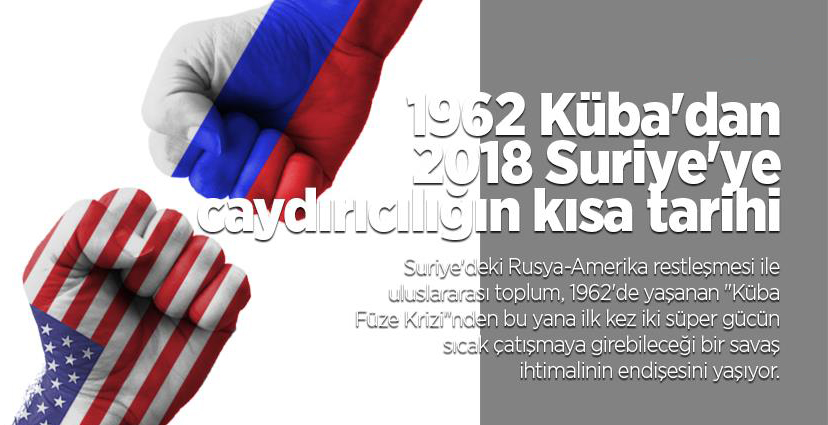
1962 Küba'dan 2018 Suriye'ye caydırıcılığın kısa tarihi
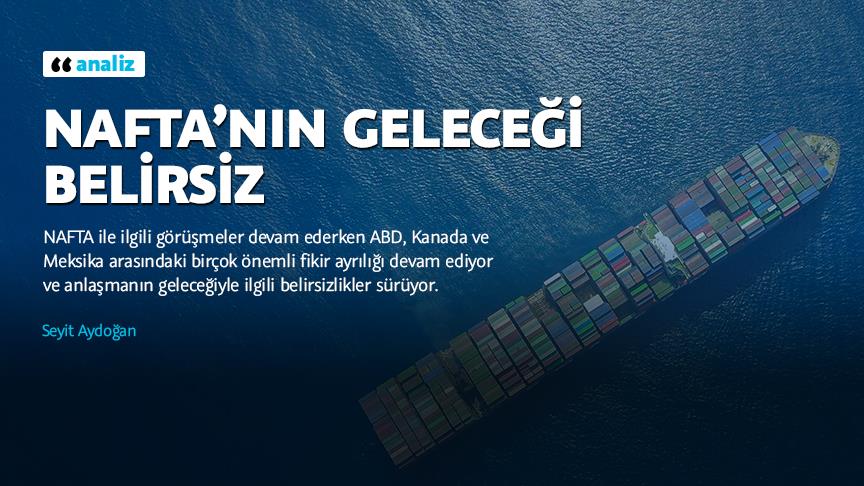
NAFTA’nın geleceği belirsiz
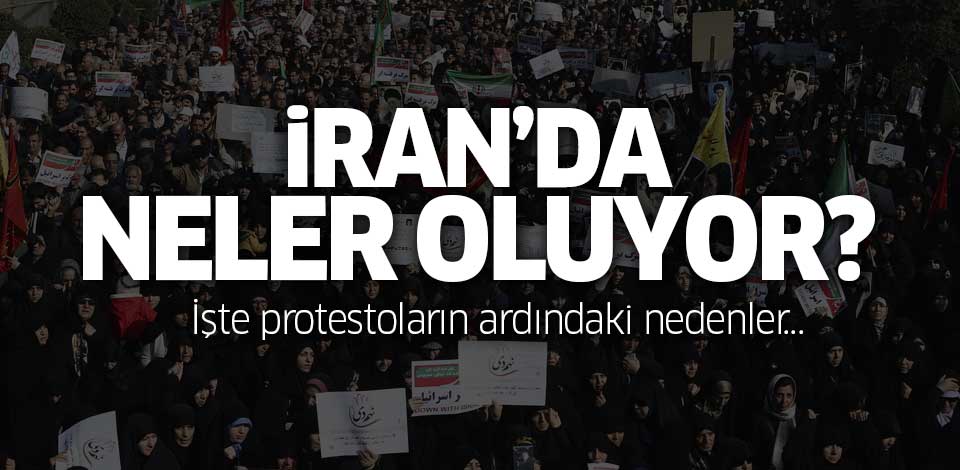
İran'da neler oluyor?
